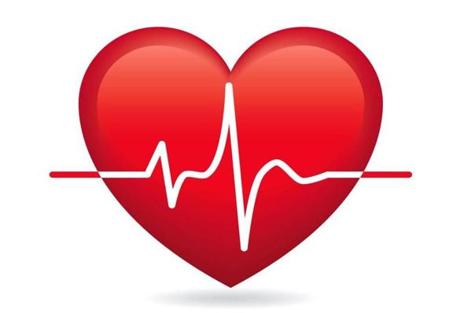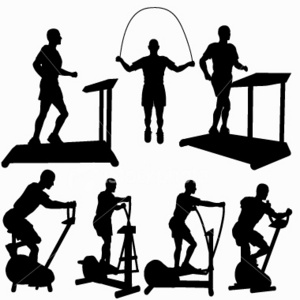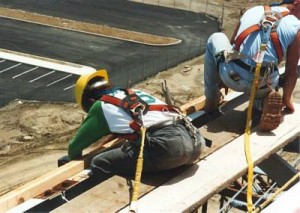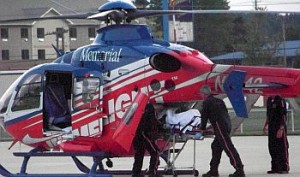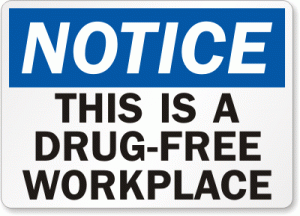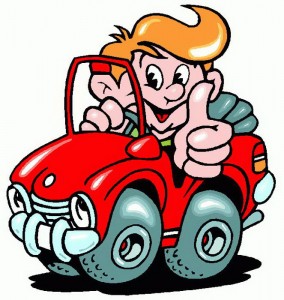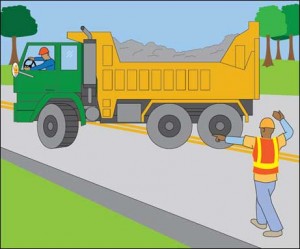 It’s harvest time and with it comes unique dangers. Here is a list of a few to consider:
It’s harvest time and with it comes unique dangers. Here is a list of a few to consider:
*Regular inhalation of dust from grain bins, silos, milk vats and manure pits can cause respiratory issues such as bronchitis and other dangerous cardiac conditions. Wearing a mask over your nose and mouth can reduce risk.
*Farm vehicles such as tractors and all-terrain vehicles cause many injuries, particularly among children. Wearing a seat belt and helmet can help prevent traumatic brain injuries or even death. Children should be supervised and given only age-appropriate tasks and access to vehicles and other farm gear.
*Grain augers are one of the most dangerous pieces of farm equipment. Broken bones, electrocutions and amputations can occur if augers aren’t handled properly.
*Livestock is another common source of injury. Cattle and other farm animals can bite, kick, ram or trample someone without warning. Stay attentive and alert.
*Working long days and evenings in the field can cause dangerous levels of fatigue. Farmers may experience shortness of breath, stroke or heart attack. Try to take breaks, eat a healthy diet and get plenty of sleep.
*Only enter a grain bin or gravity wagon when absolutely necessary, especially when grain is flowing. You can quickly become trapped and suffocate. If you must enter a grain bin, use a body harness and safety line secured outside the bin, and always have someone watching in case you are entrapped.
*Take special care to avoid falls, another common farm injury and the source of not only broken bones, but head injuries and other physical trauma.
*Protect eyes from debris whipped up by farm machinery.
An additional tip, one that applies to non-farmers as well: Please be extra cautious driving near farm machinery on the roadways, farm vehicles need to travel slowly on occasion so give them a break.
via Mayo Clinic – Harvest-Time Danger: Mayo Clinic Expert Discusses Common Farm Injuries.
 Falls are a persistent hazard found in all occupational settings. A fall can occur during the simple acts of walking or climbing a ladder to change a light fixture or as a result of a complex series of events affecting an ironworker 80 feet above the ground. According to the 2009 data from the Bureau of Labor Statistics, 605 workers were killed and an estimated 212,760 workers were seriously injured by falls to the same or lower level.
Falls are a persistent hazard found in all occupational settings. A fall can occur during the simple acts of walking or climbing a ladder to change a light fixture or as a result of a complex series of events affecting an ironworker 80 feet above the ground. According to the 2009 data from the Bureau of Labor Statistics, 605 workers were killed and an estimated 212,760 workers were seriously injured by falls to the same or lower level.
